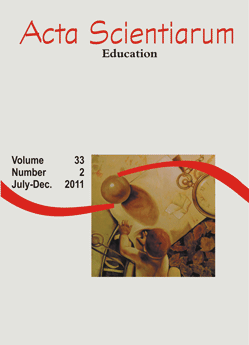<b>Stoicism and <i>imperium</i>: the <i>virtus</i> of the roman political man.</b></b> - doi: 10.4025/actascieduc.v33i2.13145
Abstract
The objective of this article is to study the relationships between Stoicism and the Principate by reading letters by Pliny. Pliny the Younger came from an equestrian family that rose to the senate. After opposition under the reign of Emperor Domitian, it became one of the ideologues and most active participants in imperial power during the reign of Nerva and Trajan. As a political man, he extolled <i>virtus</i>, finding support in the <i>mos maiorum</i> (tradition), and stoic moderation. Leader of a cultural and political circle and close friend to Trajan, Pliny illustrated the Emperor's views, particularly the ideology of a senatorial group for permanent conciliation between the Curia and the prince, seeking to legitimize the politics of the Ceaser and guide senatorial interests
Downloads

This work is licensed under a Creative Commons Attribution 4.0 International License.
DECLARATION OF ORIGINALITY AND COPYRIGHTS
I declare that this article is original and has not been submitted for publication in any other national or international journal, either in part or in its entirety.
The copyright belongs exclusively to the authors. The licensing rights used by the journal are the Creative Commons Attribution 4.0 (CC BY 4.0) license: sharing (copying and distributing the material in any medium or format) and adaptation (remixing, transforming, and building upon the material thus licensed for any purpose, including commercial purposes) are permitted.
It is recommended that you read this link for more information on the subject: providing credits and references correctly, among other crucial details for the proper use of the licensed material.














































